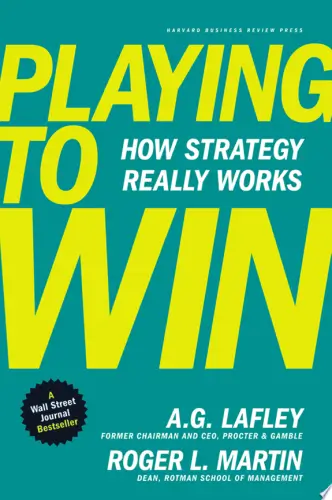
Playing to Win
How Strategy Really Works
What's it about?
Playing to Win by A.G. Lafley offers a strategic framework for achieving business success. You’ll learn how to define your winning aspiration, choose where to compete, and decide how to win in those markets. The book emphasizes the importance of making clear choices and aligning your organization around them. With practical examples and insights, you’ll discover how to create a sustainable competitive advantage and foster a culture of innovation. This guide provides you with actionable strategies to enhance your decision-making and drive growth in your business.
About the Author
A.G. Lafley is a former CEO of Procter & Gamble known for transformative leadership and strategic innovation. He co-authored "Playing to Win," emphasizing strategic focus and consumer-driven thinking. Lafley is recognized for his emphasis on simplicity, clarity in decision-making, and fostering a culture of collaboration and sustained growth.
5 Key Ideas of Playing to Win
The Power of a Winning Aspiration
Define your unique winning aspiration clearly and let it steer your actions and decisions.
Imagine sailing without a set destination—you'd drift aimlessly. Setting your navigation point gives you purpose and direction, just like a compass guides a lost sailor.
- Defines success: A clear aspiration serves as a beacon, defining what winning means for you.
- Motivates and aligns: It unifies your efforts, ensuring each action is geared towards a common goal.
- Enables decision-making: A well-defined aspiration simplifies choices, highlighting paths that align with your vision.
Write down your winning aspiration and place it somewhere visible to keep it top of mind.
Don't confuse tactics with aspirations; aspirations are about end goals, not the means to achieve them.
Choosing Where to Play
Select your playing field carefully, focusing on arenas where you can truly make a difference.
Think of playing sports as a child; we gravitated towards games we excelled at, where we could shine and have the most fun.
- Maximizes impact: Deliberate choices about where to engage allow you to concentrate efforts and resources effectively.
- Enhances strategic focus: Clearly defined playing fields clarify where to place your bets and prioritize efforts.
- Builds competitive advantage: Playing in the right field lets you leverage strengths where they matter most.
Identify one area in your life where you can concentrate efforts for a greater impact and make it a focus.
Avoid spreading yourself too thin; resist the temptation to play in too many fields simultaneously.
Building Distinctive Capabilities
Develop unique capabilities that distinguish you and are essential to achieving your aspirations.
Think of superheroes with their distinctive powers; it's these unmatched abilities that set them apart and enable them to win battles.
- Creates relevance: Unique capabilities ensure you are essential and valuable in your chosen field.
- Sustains differentiation: Persistent development of these capabilities keeps you ahead of competitors.
- Fortifies strengths: Strengthening your unique skills builds resilience and adaptability.
Identify one capability that sets you apart and commit to improving it through daily practice.
Don’t get complacent in your current skills; the best capabilities continuously evolve.
Deeper knowledge. Personal growth. Unlocked.
Unlock this book's key ideas and 15M+ more. Learn with quick, impactful summaries.
Read Full SummarySign up and read for free!
Playing to Win Summary: Common Questions
"Winning is not about beating others; it's about achieving your own objectives." This quote from Playing to Win by A.G. Lafley really encapsulates the core theme of the book: the importance of setting strategic objectives to build a competitive advantage. Lafley, the former CEO of Procter & Gamble, shares invaluable insights into the strategic framework that propelled P&G to success, making me rethink how businesses can prioritize their decisions in a very calculated, yet flexible manner.
One of the most fascinating aspects was the concept of the “5 Step Strategy Model” that Lafley introduces. It walks you through defining a winning aspiration, where to play, how to win, core capabilities, and management systems. At times, I found myself scratching my head over the practical applications of this model in smaller businesses compared to industry giants like P&G. However, the real-world examples were illuminating and illustrated how one can adapt this framework beyond corporate behemoths.
Overall, Playing to Win is a brilliant exploration into strategic thinking and decision-making in business, much like Jim Collins' Good to Great but with a sharper focus on execution. For anyone looking to elevate their strategic approach or just gain insight into winning business tactics, I wholeheartedly recommend giving it a read!
Experience Personalized Book Summaries, Today!
Discover a new way to gain knowledge, and save time.
Sign up for our 7-day trial now.
No Credit Card Needed
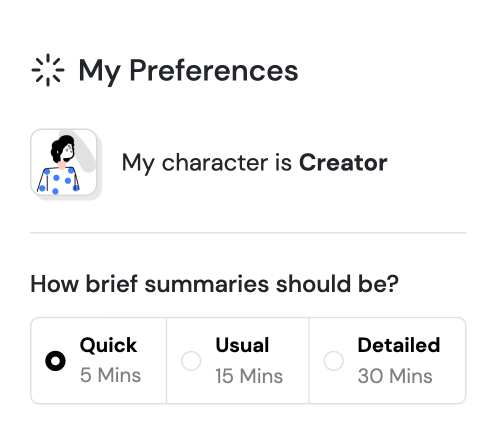
Similar Books
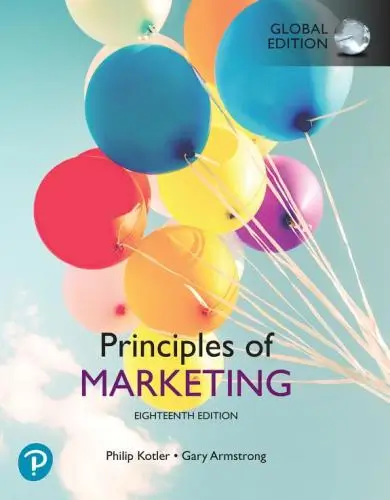
Principles of Marketing, Global Edition
Gary Armstrong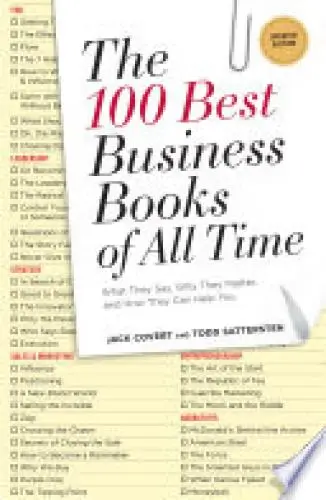
The 100 Best Business Books of All Time
Jack Covert
Productize
Eisha Armstrong
Start Your Own Pet-Sitting Business and More
Entrepreneur Press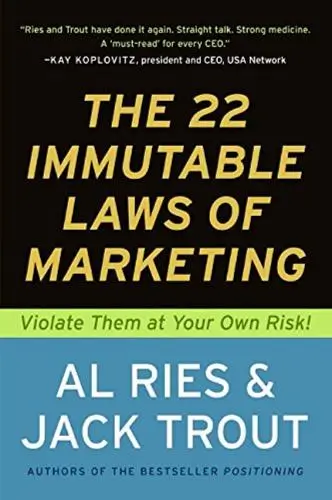
The 22 Immutable Laws of Marketing
Al Ries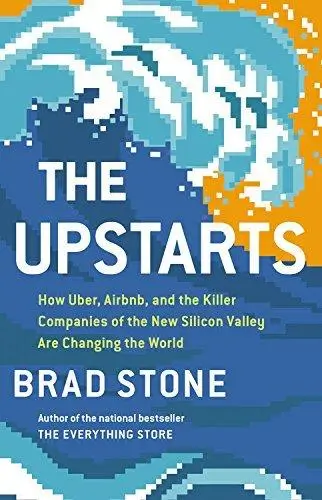
The Upstarts
Brad Stone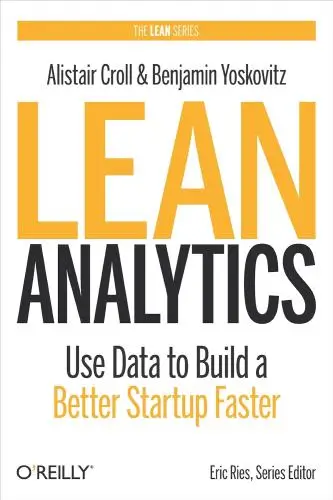
Lean Analytics
Alistair Croll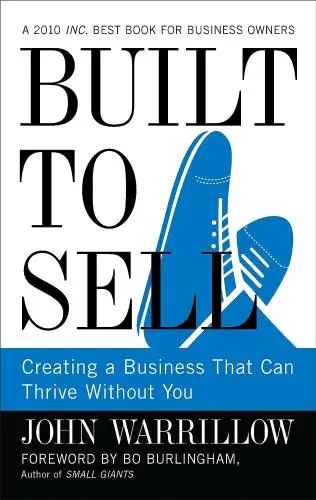
Built to Sell
John Warrillow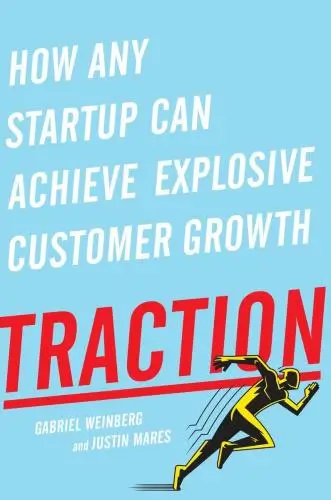
Traction
Gabriel Weinberg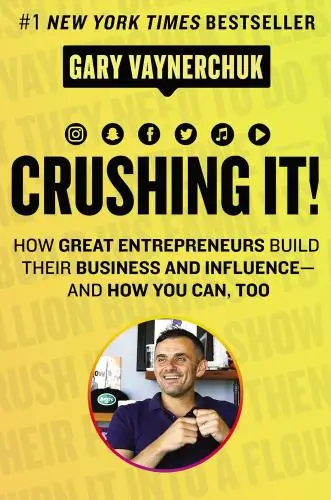
Crushing It!
Gary VaynerchukTrending Summaries
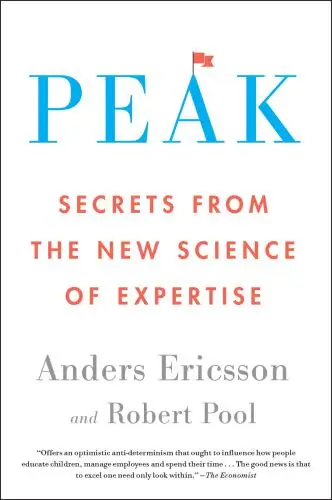
Peak
Anders Ericsson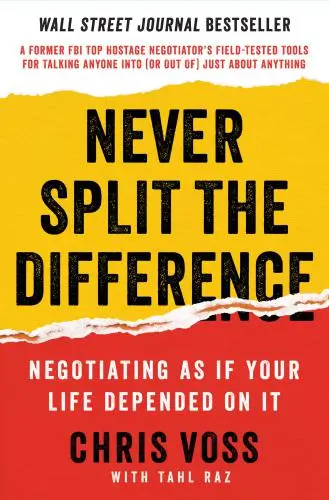
Never Split the Difference
Chris Voss
Smart Brevity
Jim VandeHei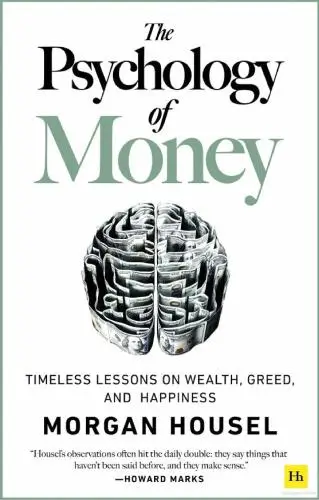
The Psychology of Money
Morgan Housel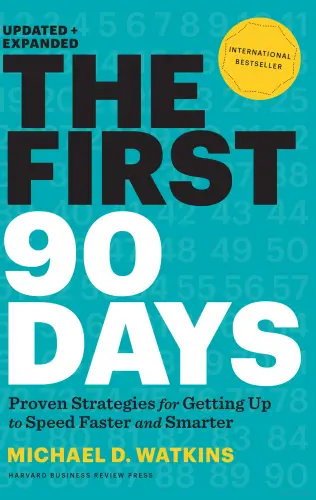
The First 90 Days
Michael D. Watkins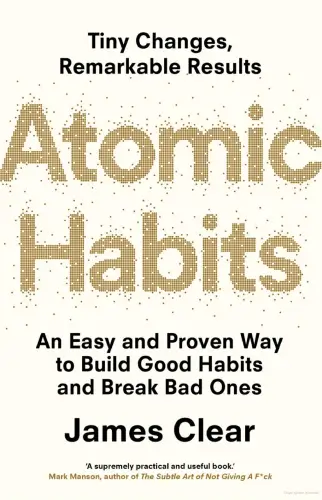
Atomic Habits
James Clear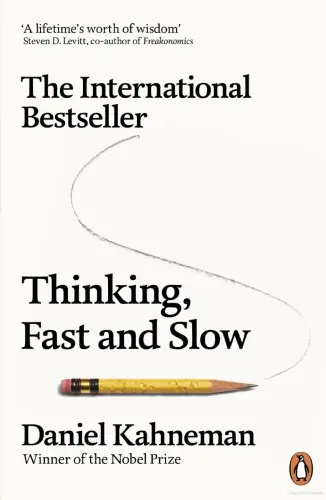
Thinking, Fast and Slow
Daniel Kahneman
The Body Keeps the Score
Bessel van der Kolk M.D.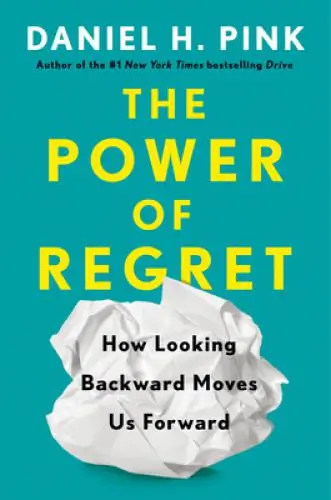
The Power of Regret
Daniel H. Pink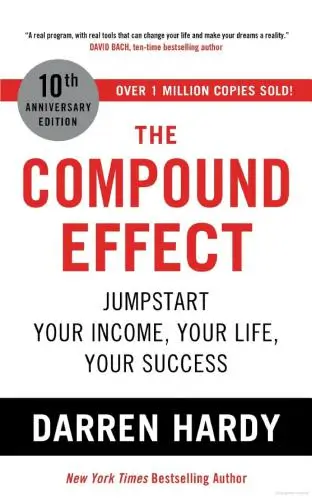
The Compound Effect
Darren HardyNew Books

A Candle for Kiri
Edna Mae Holm
Principles of Marketing, Global Edition
Gary Armstrong
Serpent Rising: The Kundalini Compendium
Neven Paar
Feeling Is the Secret
Neville Goddard
The 100 Best Business Books of All Time
Jack Covert
My Oxford Year
Julia Whelan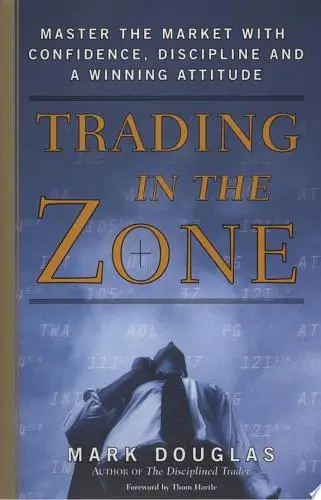
Trading in the Zone
Mark Douglas
Mathematics for Machine Learning
Marc Peter Deisenroth
The Creative Act
Rick Rubin
